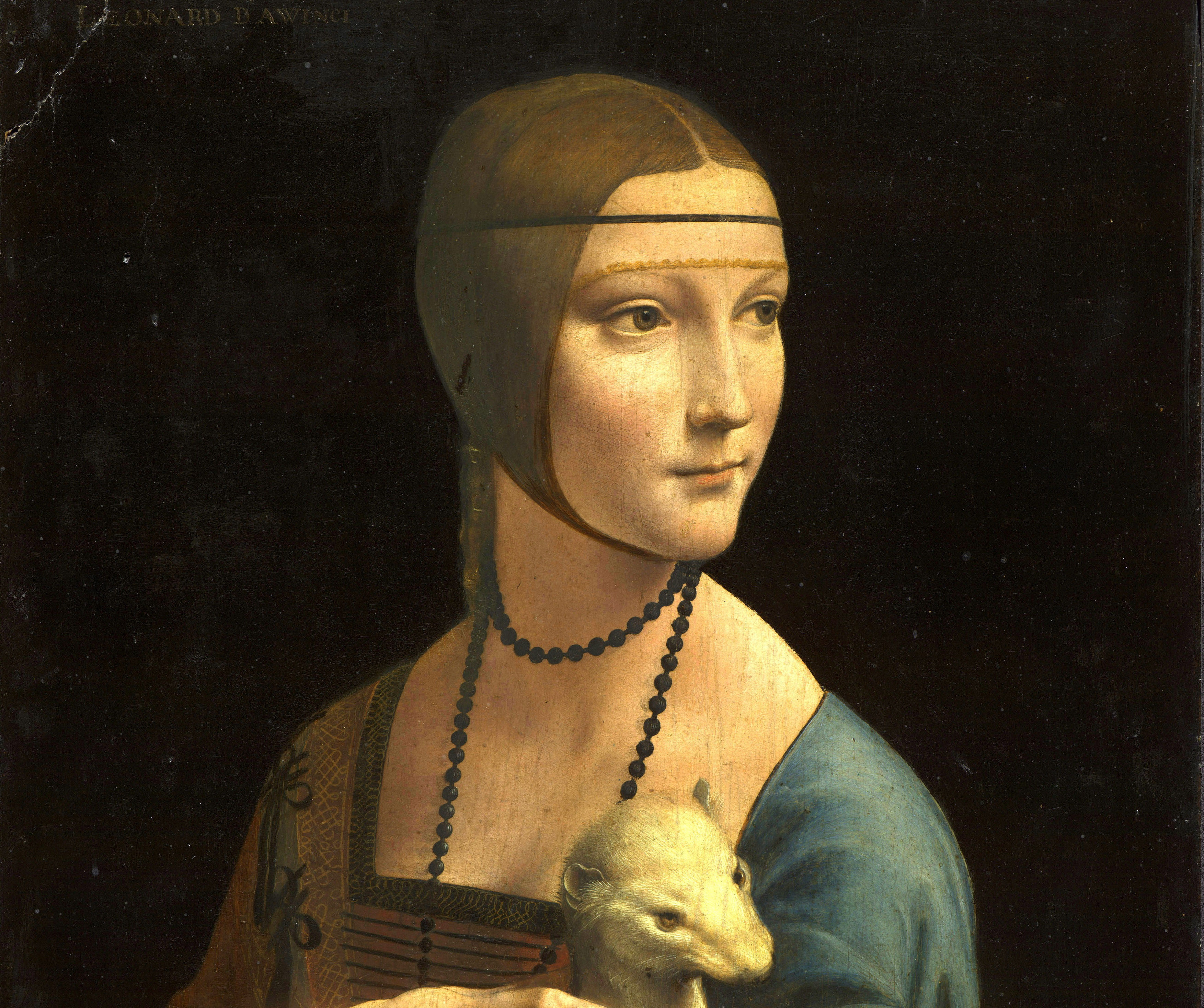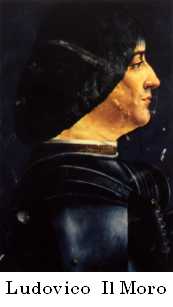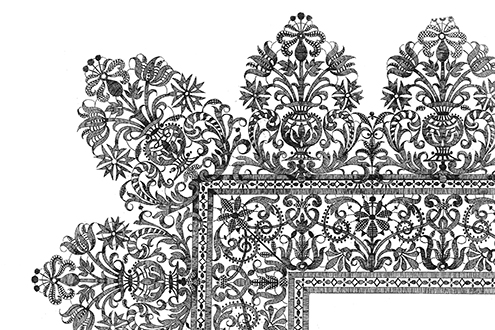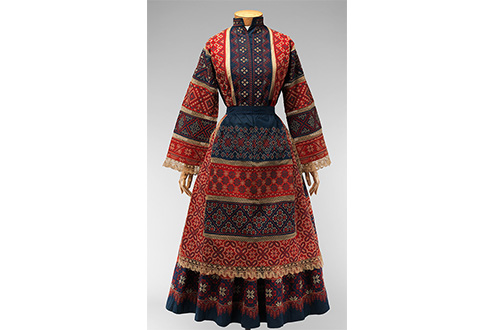
‘.. Dear Cecilia, I thought about our words during our last encounter concerning your relationship with the knight Ludovico. It does not seem to me a fair fact to not have a testimony of such beautiful love, although I understand the obstacles represented by the marriage with the duchess Beatrice d’Este. Howbeit it is possible to hide a secret within a paint, and I will use my hands and my art to create your portrait and I will put in your hand what your heart always owned.’
It was the 1488 when Cecilia Gallerani read these lines signed by Leonardo Da Vinci, when the Florentine artist was staying at the Sforza’s court employed by Ludovico il Moro. Right here Leornardo met the young and beautiful Cecilia, with whom he’s established a long, close and confidential relationship. Cecilia lived in Milan but she had Sienese origin, born in via delle Cerchia in Siena’s historic centre, where today palace Gallerani stands in all its magnificent. The story in the letter is traceable in the love between Cecilia and Ludovico Maria Sforza, better known as Ludovico il Moro. A letter written before Cecilia’s pregnancy that gave birth to Cesare.
Cecilia was fatherless and she was just an 8 years-old girl when she first moved to Milan in the Sforza’s castle. Ludovico was a charming 29-year-old man, married since a long time with Beatrice D’Este. It was a childless marriage and so it was that Beatrice took Cecilia under her wing. The young girl took Beatrice as a role model and at the age of 14 she was a copy of Beatrice, just more beautiful. Between Cecilia and Ludovico there was a deep attraction that led to a passionate love story. The betrayal was profoundly suffered by Cecilia and she soon realised how she would never be the only one for him. In this anguish, she found in Leornardo da Vinci a close friend and confidant.
 One day, Ludovico was nominated Knight of the Order of the Ermine and to honour this considerable achievement he organised a big celebration. Cecilia, still deeply in love, wanted to impress him with an extraordinary dress. She requested Leonardo’s help to choose the right fabric from the most precious and finest fiber’s selection, in order to create a gorgeous dress that would help her to monopolise Ludovico’s attention on her outstanding beauty. Alongside the celebration, the fate made its move and Ludovico called Leonardo to commission a woman’s portrait: Leonardo smiled, as he already knew the right woman to paint. Cecilia’s accuracy in the selection of the fabric for the celebration inspired Leonardo who painted a canvas that deeply inspired the costume and fashion of that period.
One day, Ludovico was nominated Knight of the Order of the Ermine and to honour this considerable achievement he organised a big celebration. Cecilia, still deeply in love, wanted to impress him with an extraordinary dress. She requested Leonardo’s help to choose the right fabric from the most precious and finest fiber’s selection, in order to create a gorgeous dress that would help her to monopolise Ludovico’s attention on her outstanding beauty. Alongside the celebration, the fate made its move and Ludovico called Leonardo to commission a woman’s portrait: Leonardo smiled, as he already knew the right woman to paint. Cecilia’s accuracy in the selection of the fabric for the celebration inspired Leonardo who painted a canvas that deeply inspired the costume and fashion of that period.
 As a confirmation of this extraordinary relationship, the Metropolitan Museum of New York launched the exhibition ‘Fashion and Virtus: Texile Patterns and the Print Revolution, 1520-1620’, with six illustrations of different bows and knots. A remarkable overseas’ celebration of the Florentine’s genius, a key figure in our own history and culture.
As a confirmation of this extraordinary relationship, the Metropolitan Museum of New York launched the exhibition ‘Fashion and Virtus: Texile Patterns and the Print Revolution, 1520-1620’, with six illustrations of different bows and knots. A remarkable overseas’ celebration of the Florentine’s genius, a key figure in our own history and culture.




